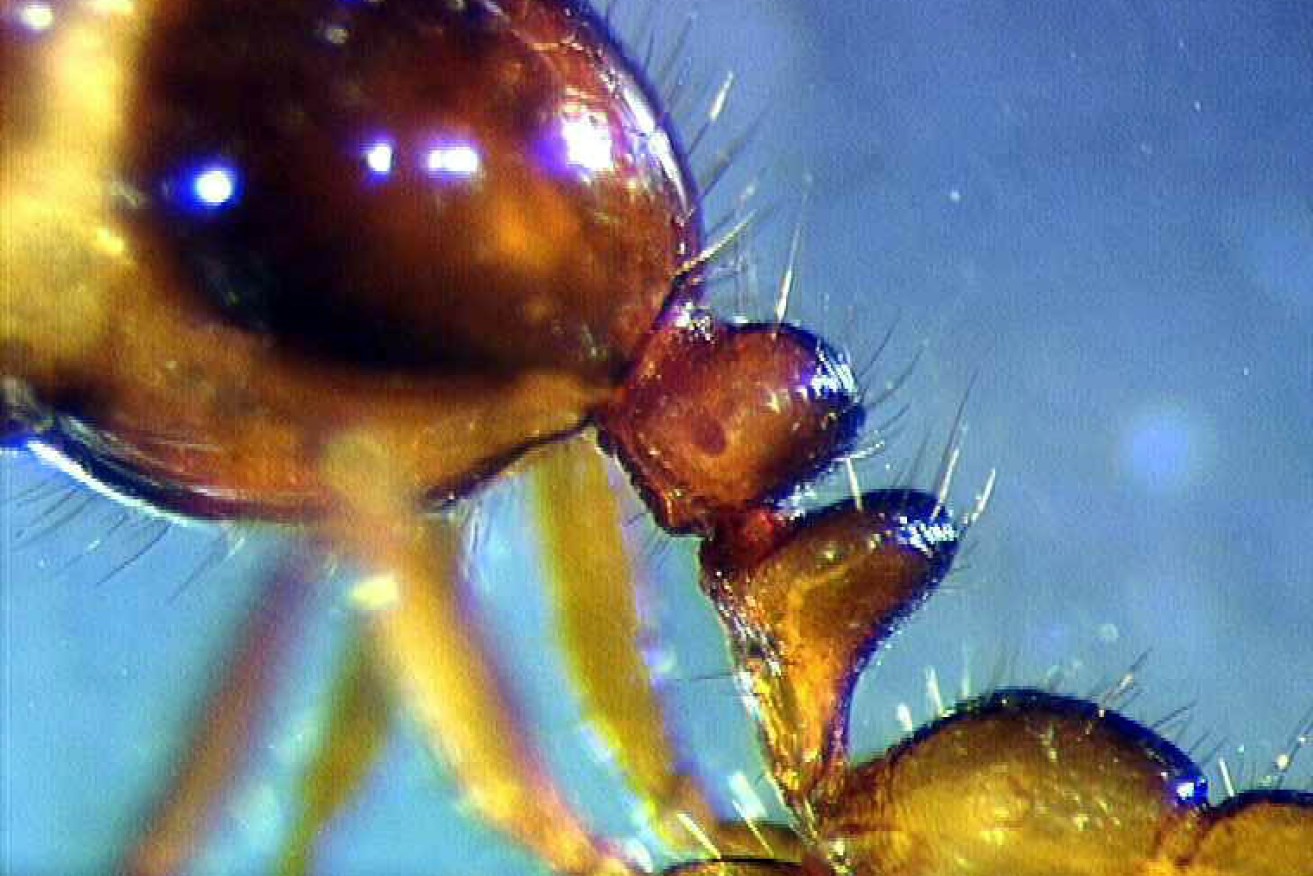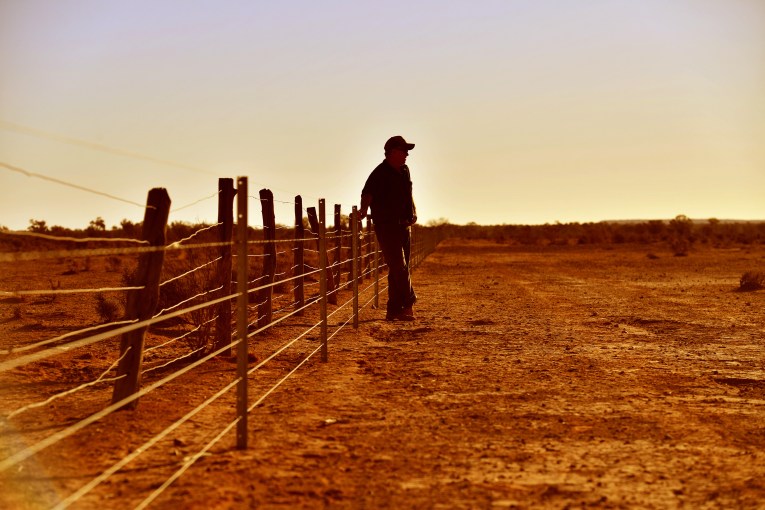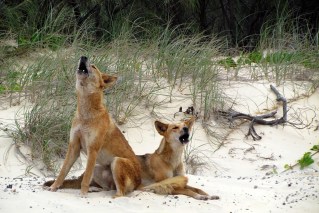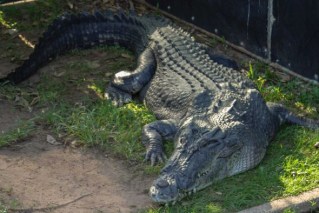Must be to do with the weather: Rain puts fire ants on the march in eastern states
Wild weather in northern NSW and south east Queensland has boosted activity among one of the world’s most invasive species.

A close up of the imported red fire ant found in Brisbane. (AAP Image/Queensland Department of Primary Industries)
Fire ants are on the move on land and water too, thanks to raft building abilities, according to the Invasive Species Council.
“The wet weather has led to fire ants being back on the march, and they’re also travelling in the floodwaters,” the council’s Reece Pianta said.
“Talking to cane farmers on the northern Gold Coast, they’ve seen fire ant rafts coming with the floodwaters as a result of the wild weather,” Mr Pianta said.
The increased ant activity follows recent heavy summer rainfall across northern NSW and south-eastern Queensland, with the deadly pest most active at times of rain.
Ants are able to form rafts by locking together and forming a ball with the queen in the middle, before detaching from the bank and moving with the water.
“It’s a bit alarming that they’re reaching densities where they can form rafts and are potentially spreading to new locations,” he said.
Fire ants are found from Caboolture in Queensland down south to the NSW border.
The first NSW detection was made in November when six nests were reported by a property owner in South Murwillumbah, 13km south of the Queensland border.
The NSW government said all of the nests have since been destroyed by direct injection, with the area being closely monitored.
“The NSW government is working hard after eradicating the fire ant nests found in South Murwillumbah in late November last year,” NSW Minister for Agriculture Tara Moriarty said.
The minister said no further detections have been made in NSW.
The South American pest arrived in Australia in the late 1990s in freight from the United States, and was found in 2001.
The invasive species council has urged everyone in the southern Queensland and northern NSW areas to stay vigilant.
“If they see them, (fire ants) go to fire ants.org.au and report them,” Mr Pianta said.












